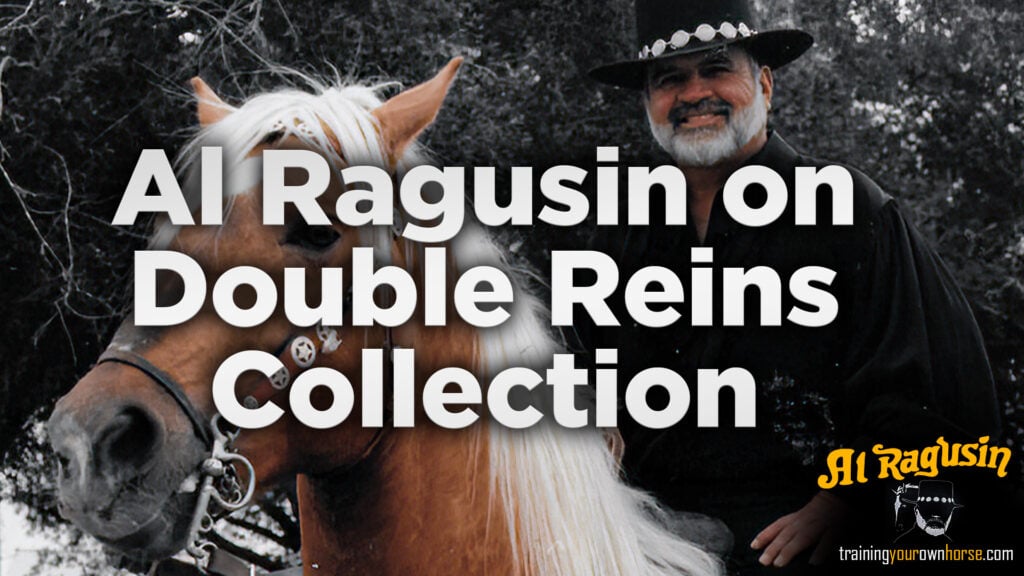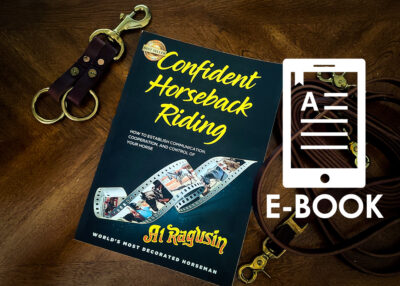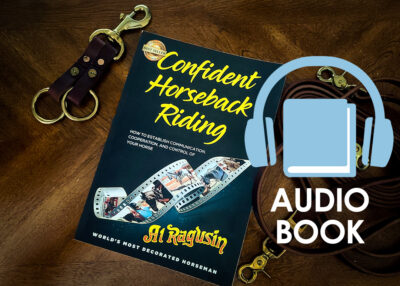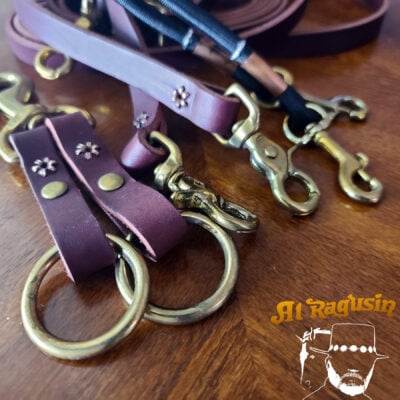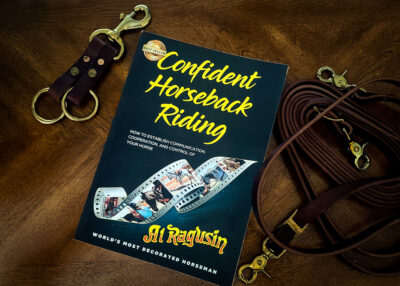Table of Contents
Introduction
As a champion horse trainer, I know the importance of using the right tools and techniques when training your horse. One such essential tool is the double reins. In this article, we will explore the advantages of using double reins, how to properly set them up, and the various exercises you can do to improve your communication with your horse. Let’s dive in and learn how to train your horse using double reins effectively.
The Benefits of Using Double Reins
- Enhanced Communication: Double reins provide an additional layer of communication between you and your horse. By using two sets of reins, you can convey more subtle cues and instructions, allowing for a more refined and precise level of control.
- Improved Balance: Double reins help to distribute the pressure applied to the horse’s mouth more evenly, leading to better balance and stability for both the rider and the horse.
- Versatility: Double reins can be used in various riding disciplines, including dressage, show jumping, and western riding. This versatility makes them a valuable tool for any equestrian.
Setting Up Your Double Reins
- Choose the Right Equipment: To begin, you’ll need a snaffle bridle and a curb bit. The snaffle rein will be connected to the snaffle bit, while the curb rein will be connected to the curb bit.
- Adjust the Length: Ensure that both sets of reins are of equal length when you hold them in your hands. This will ensure that you can apply pressure evenly to both the snaffle and the curb bit.
- Hold the Reins Correctly: Hold the snaffle rein between your thumb and forefinger, and the curb rein between your ring and little fingers. This grip will allow you to control each rein independently, giving you the ability to communicate more effectively with your horse.
Training Exercises Using Double Reins
- Basic Transitions: Start with simple walk-trot-walk transitions, focusing on maintaining a steady contact with both sets of reins. This will help you and your horse get accustomed to the feel of double reins and develop a better understanding of the cues you are providing.
- Lateral Movements: Introduce lateral exercises, such as leg yielding or shoulder-in, to help improve your horse’s balance and responsiveness to the double reins. These movements will also help to engage your horse’s hindquarters and promote proper collection.
- Circle Work: Practice riding circles of various sizes, maintaining a consistent contact with both reins. This will help you develop a more refined feel for the double reins and improve your horse’s suppleness.
- Advanced Transitions: As your horse becomes more comfortable with the double reins, you can introduce more advanced transitions, such as walk-canter-walk and trot-canter-trot. These transitions will further develop your horse’s responsiveness and understanding of your cues.
- Rein Back: Incorporate rein-back exercises to improve your horse’s engagement and collection, as well as to refine your communication using the double reins.
References
- “Horse & Hound” – Double Reins: The Advantages and How to Use Them Correctly
- “Dressage Today” – The Art of Riding with Double Reins
- “Equestrian Life” – Mastering the Double Bridle: Tips and Techniques for Success
Conclusion
Mastering the use of double reins in horse training is an invaluable skill that can significantly improve your communication and connection with your horse. By following the tips and exercises provided in this article, you will be well on your way to becoming an expert in using double reins and enhancing your horse’s performance.
